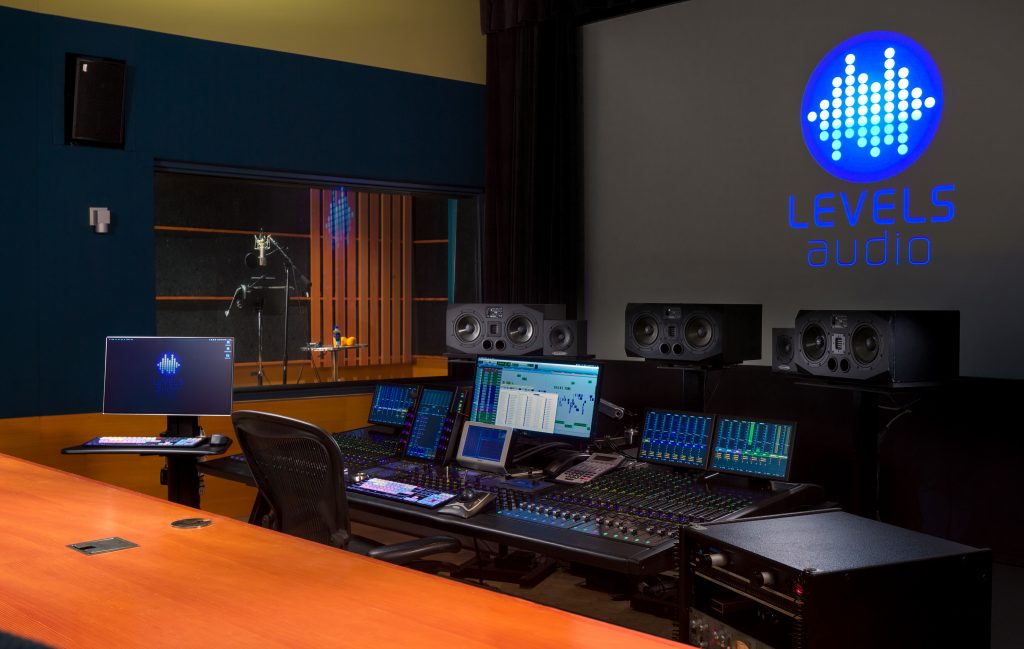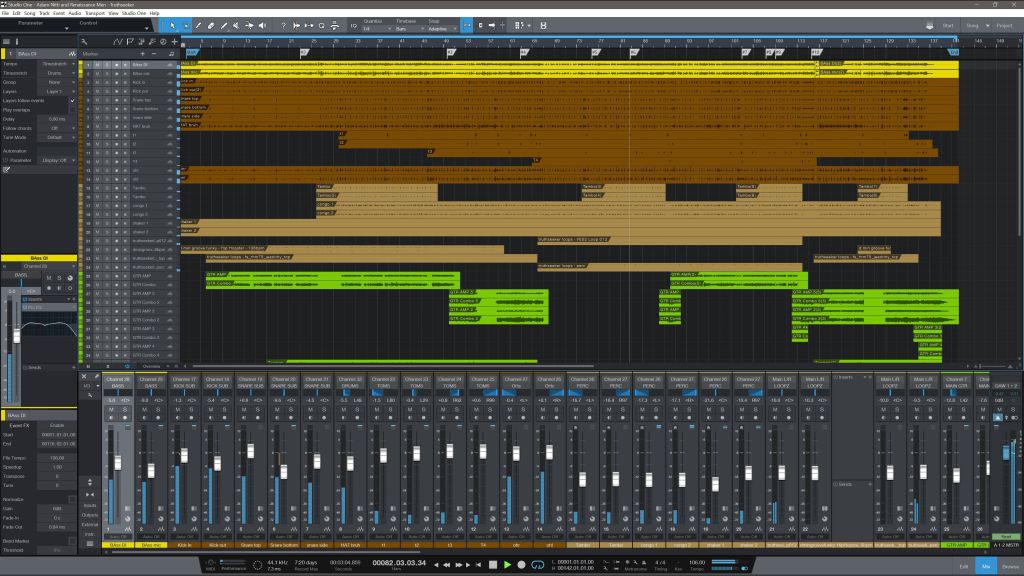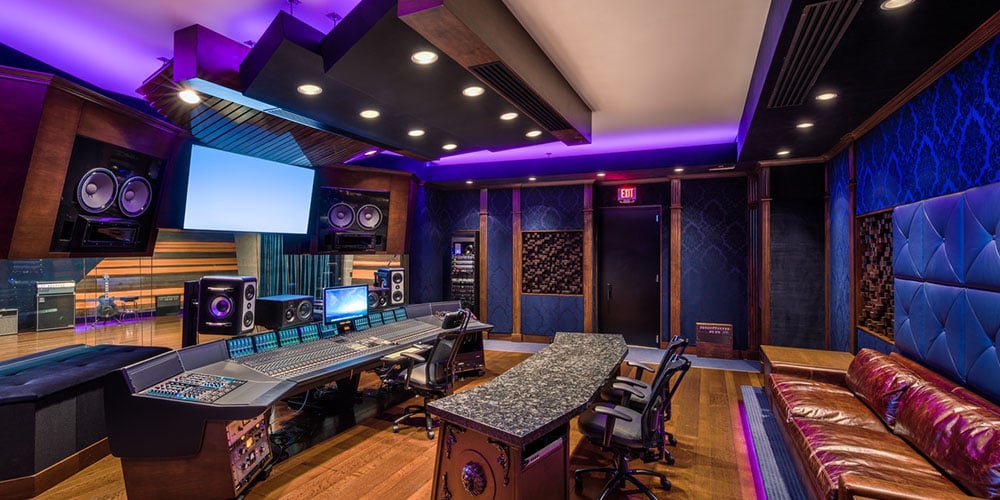



Avoid concave surfaces, which tend to focus sound.Irregular shapes and surfaces (walls, floors, ceilings, bookcases) as well as convex forms allow sound to be diffused in a space, which is desirable.Perfect cubes and long, narrow spaces with parallel walls are poor acoustical performers. Larger volumes are always better than smaller ones.The pivoting panels seen at the rear wall of the stage area can be used to fine-tune the geometry and control the way sound is reflected around the room. The space shown here makes use of a clever device that can alter the shape of the room and its acoustics. As an example, if we begin with a typical 8-foot ceiling height as a starting point, we should aim for a room that’s roughly 13 feet by 21 feet. There’s much debate in the acoustical design community regarding the ideal proportions, and the math gets complicated quickly.įor the casual audiophile, it’s generally accepted that the Greek golden mean proportions of 1:1.6:2.6 (height by width by length) will yield an acoustically pleasant room. The next part of planning is defining the actual proportions of the space. For these spaces, isolation construction strategies and controlling how the sound behaves in the space are more important. More informal performance and practice spaces are usually more concerned with containing the sound transmitted from them to adjacent spaces, as well as with sound fidelity and instrument housing - and some instruments can be quite large.
#Build a sound studio professional
So interior, lower-level, windowless locations are good starting points, but true recording studios are so nuanced that an experienced professional should be involved from the outset to be sure your goals are being met. So is the actual size of the recording equipment. Isolating listening and recording spaces from outside noises - coming from the street, your neighbors and even mechanical equipment - is a high priority. Sensibly locating the music room is step one. No amount of acoustical caulk is going to make the former practical. Imagine how the sound isolation requirements for a practice room located next to the nursery versus one in the garage might differ.

The location of the studio space will greatly affect the degree to which you’ll need to isolate it from the rest of your home. A practice space for your garage band and a space used for vocal recording or listening to chamber music will have some obvious differences. Understanding the use of the space is the first priority. I’ve designed spaces for music at all scales, from auditorium halls to private listening rooms, and have learned a few basic sound concepts that can dramatically improve the aural environment of any space. While a home music room may not have the demands of a professional recording studio, many spaces can benefit from the sound isolation and acoustic treatment applied to rooms designed for playing music. We aim to control the sound entering and exiting the studio, the heat and humidity inside and, of course, the acoustics. When it comes to designing spaces for practicing, performing, recording or just jamming, control is equally important to acousticians and architects. Most musicians will admit to sharing a single core skill necessary for mastering their instrument: control.


 0 kommentar(er)
0 kommentar(er)
